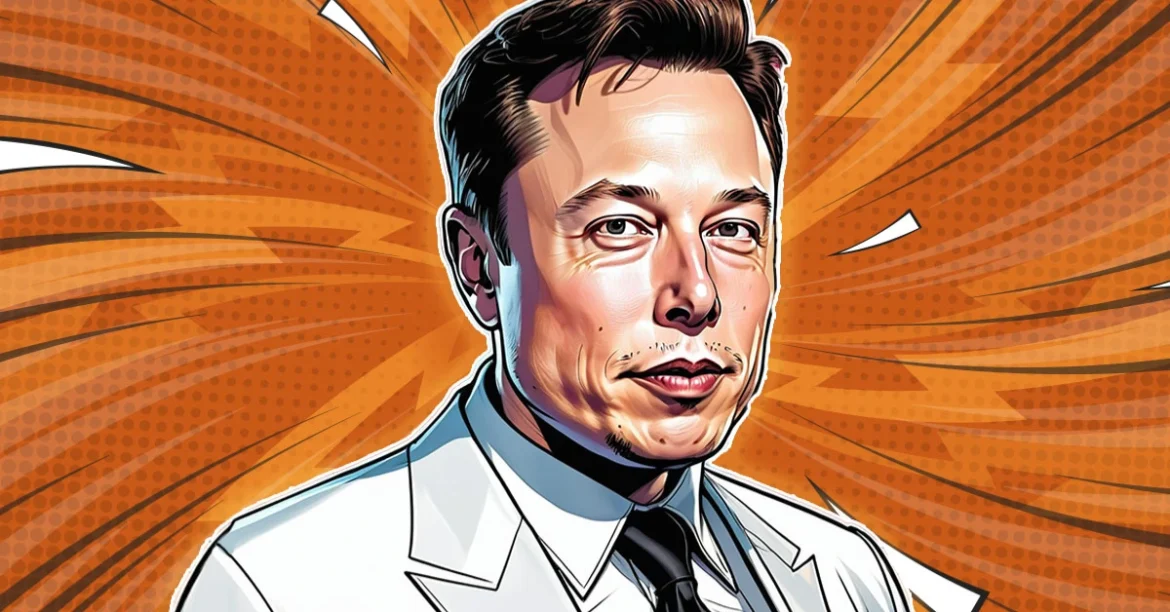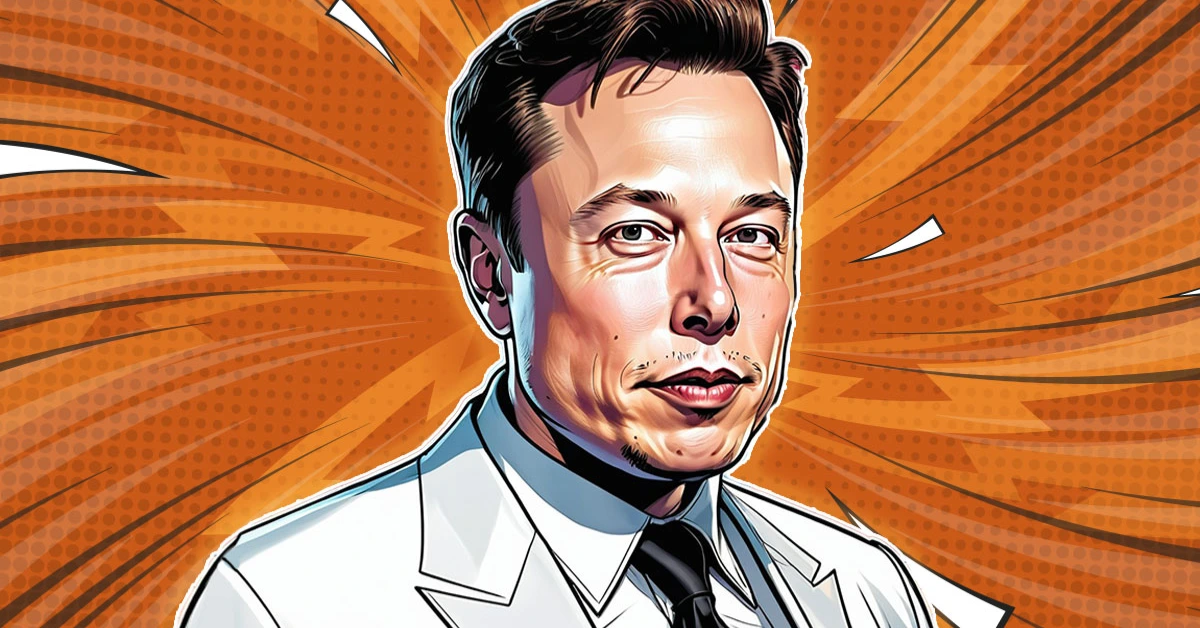Elon Musk’s Departure from DOGE: Assessing the Impact and Future Prospects of Government Efficiency Reform
—
Elon Musk’s recent decision to step down from his role at the Department of Government Efficiency (DOGE) after roughly 130 days marks a pivotal moment in the evolving story of government reform efforts under the Trump administration. Appointed as a special government employee leading DOGE, Musk’s tenure concentrated on drastically reducing government spending and optimizing bureaucratic operations. His exit prompts a thorough examination of what he accomplished, the challenges behind his departure, and the enduring legacy and trajectory of DOGE without his direct leadership.
The Context Behind Musk’s Engagement with DOGE
DOGE was established by executive order on President Trump’s first day in office, signaling an intention to overhaul government efficiency through entrepreneurial discipline and technological innovation. Elon Musk’s appointment as the head of this agency was notable both for his high profile as a tech entrepreneur and for his reputation for bold, disruptive ventures. His role was defined as temporary, with a 130-day service limit typical for special government employees who work part-time or in advisory capacities.
Musk’s approach to DOGE emphasized a radical shrinkage of government operations. The agency aggressively cut thousands of federal jobs, slashed program budgets, and sought to increase automation to replace human labor within government systems. This reflected Musk’s broader philosophy of leveraging machines and technology to drive down costs and improve outcomes.
Achievements and Controversies During Musk’s Tenure
By the 100-day mark, DOGE under Musk had already reshaped multiple federal agencies, consolidating authority and implementing sweeping cost-cutting measures. The agency’s actions contributed to a reported $1 trillion deficit reduction, a significant if debated milestone in federal budget management.
Nonetheless, Musk’s tenure was not without turmoil. The agency’s aggressive downsizing initiatives sparked legal challenges, friction within the bureaucracy, and growing concern among constituents and political figures. Media reports indicated that Musk’s increasingly visible role in government became a liability for the Trump administration, with some of the president’s inner circle reportedly worried about the potential fallout of Musk’s controversial methods.
Musk’s critical stance toward key legislative priorities further complicated the relationship, culminating in a public rebuke of what he termed the “big, beautiful bill.” His willingness to openly criticize the administration underscored a broader tension between his outsider mindset and established political dynamics.
The Timing and Nature of Musk’s Exit
Musk’s departure from DOGE was expected, given the formal 130-day work limit for his special government employee status. Various reports confirm that off-boarding was initiated late at night, signaling a sudden but administratively routine transition. Musk himself indicated plans to reduce his DOGE involvement starting in May and shift focus back toward his private ventures like Tesla and his AI company xAI.
Despite stepping down from day-to-day leadership, Musk suggested he might continue contributing on a limited basis—one or two days a week—acknowledging that some degree of engagement might endure for the remainder of the presidential term. This suggests an interest in maintaining influence over the reforms initiated under his watch, if not direct operational control.
What Lies Ahead for DOGE and Government Efficiency Efforts
The future of DOGE without Musk at the helm is clouded with both uncertainty and potential. His appointed deputies and high-level leaders are expected to continue guiding the department, as the executive order establishing DOGE commits to its operating life through 2026. However, questions remain about the sustainability of Musk-style reforms absent his visionary, albeit polarizing, leadership.
Musk’s departure may soften DOGE’s aggressive posture, potentially alleviating some political pressures and public backlash. Alternatively, it could leave the agency struggling to maintain momentum without the driving force of Musk’s unconventional approach.
Moreover, the broader Trump administration continues to publicly support DOGE’s mission, yet internal discussions reportedly entertain the possibility of shuttering the department sooner. President Trump himself has hinted that DOGE could be wound down well before the 2026 deadline, reflecting ongoing debates about government size, efficiency, and public tolerance for rapid disruption.
Conclusion: Musk’s Departure as a Turning Point for Government Reform
Elon Musk’s withdrawal from DOGE marks both an end and a beginning. His tenure catalyzed a bold experiment to impose Silicon Valley innovation on federal bureaucracy—achieving considerable cost reductions and organizational shake-ups within a compressed timeframe. Yet the controversies and institutional resistance that accompanied these changes highlight the challenges of transplanting private-sector entrepreneurship into complex government systems.
As Musk pivots back to his commercial enterprises, DOGE stands at a crossroads. The agency’s future effectiveness will largely depend on its ability to transition from personality-driven leadership to sustainable institutional reform. Whether Musk’s vision for a leaner, machine-augmented government endures or yields to political and bureaucratic realities will shape the legacy of this ambitious, if turbulent, chapter in American government efficiency efforts.





